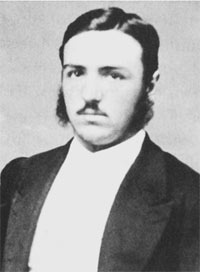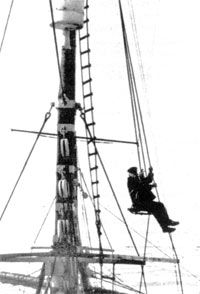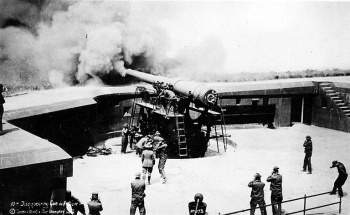As many in the class are fairly aware of by now, I happen to be quite fond of anything having to do with French culture or history. However I do notice a high emphasis is placed on history that pertains to the more contemporary eras of France, namely the reign of Louis XIV and the revolution that was inspired after our own. Though both these periods are important to how France was shaped today, I wanted to talk about much earlier French history, namely in the center of Paris where the city was originally founded. The history here is ancient and doesn’t always pertain to the highly Catholic country or the lavish rulers that lived in the chateaux. For the sake of convenience I’ll be using calendar dates to describe the sites.
I just wanted to start by saying that Paris itself is a pre-historic city that has its start at about 250 BC (though there is evidence for even earlier occupation by hunting and gatherer groups) founded by a tribe called the Parisii where the city gets its name.

http://upload.wikimedia.org/wikipedia/commons/thumb/2/22/Plan_de_Belleforest_-_1575_-_Extrait_%C3%AEle_de_la_Cit%C3%A9.jpg/200px-Plan_de_Belleforest_-_1575_-_Extrait_%C3%AEle_de_la_Cit%C3%A9.jpg
The map here shows the center island of the city called the Île de la Cité (literally translated to “Island of the City”) and was home to the earliest occupation of a walled fort to keep out invaders. Afterwards after the city was united under the rule of Clovis and quickly expanded outwards from the island.
Skipping forward, the famous church that now is the main attraction with its finish at around 1345 AD with nearly a 150+ years in which there was periodic construction and additions added over time. However what is usually not told in the history of the building is the vast destruction of lower class housing including a large Jewish sector that was relocated to a different section of Paris. This is was a turning point and in later times the cathedral was seen as a symbol of the Church’s power and something that was the center of debates between non-Catholic religions in France.
So what about the archaeology that could help shed light on early Paris history?
I was lucky enough to get to visit the “La crypte archéologique” during my trip to Paris in 2012. Whereas the church of Notre Dame is flooded with tourists all times of the days it is open, the crypt itself was fairly bare despite being only steps away from the church itself. Despite the destruction the church had on the area, it ended up preserving a large amount of foundations and stone work underneath the church itself. Inside there is a gorgeous example of early Parisian buildings and history dating back over 2000 years.

http://www.carnavalet.paris.fr/sites/default/files/editeur/big_vue_generale_de_la_crypte_2_c_dac_-_ph._ladet.jpg
(I should note that a lot of the photos you will find online make the place seem bigger than it really is, the wonders of photography.)
Here we have an example to how the early city functioned and what kind of activities may have gone on. We can see examples of trash pits, wells, early architecture influenced by roman arches and work and living spaces. The site itself is also layered upon each other presenting different styles of stone work as it built over each other. Here we see a stark contrast to how Paris would like to present itself as a rich, sophisticated city where the common folk is not mentioned (probably one of the reasons they had so many revolutions…) and here we can see how chaotic and busy the city actually was with its people. This is one of the main reasons I love the city so much, there is always something hiding behind its walls ready to tell its story.
On a last note, one of the best ways to tell how the city has expanded over the times lies in a surprising factor, the graveyards. In the past it was generally frowned upon to have bodies in the city limits and thus a lot of the burials took place right outside city walls. As the city expanded it absorbed these cemeteries into the city walls.
- https://lh6.googleusercontent.com/
Here is a picture of Paris with the graveyards marker in green. The center of Paris is marked with a red circle. As you can see there seems to be a ring around the island which is a sign that these are where ancient city limits are. Eventually this caused problems as the graveyards started to overflow (due to a shift of wanting to be buried in the city) and Catholic graveyards were at their limits. It was Napoleon who enacted a program that created the catacombs of Paris which is now home to over 6 million bodies, most of them nameless lower class people who were unlucky enough to be unburied and tossed aside for the newer generation.
It is impossible to accurately describe the history of the largest city in France but I hope this post was a good tidbit of interesting points and using maps and archaeology to tell a narrative that isn’t based on 18th century nobility.










 Plan for the power house, Fort Worden.
Plan for the power house, Fort Worden.


